Author: Steve Thanos
Despite the recent popularity of Hazy IPA, clear beer is still something some find desirable, and there are numerous ways brewers can achieve this quality. While larger commercial breweries often rely on mechanical filtrations, smaller outfits including homebrewers tend to use less cumbersome and expensive methods, one of which involves adding a unique product called Irish moss to the boiling wort.
Technically known as Chondrus crispus, Irish moss is a species of red algae that contains a notable amount of carrageenan, a negatively charged agent that attracts positively charged particulates. When added to boiling wort, Irish moss attracts haze causing proteins, forming clumps that are heavy enough to drop to the bottom of the kettle, thus resulting in clearer wort in the fermenter.
I’ve used Irish moss extensively in my own brewing, adding a small amount directly to the wort during the last 5 minutes of the boil, which has been shown to have some effect on beer clarity. However, I recently read that Irish moss works best if it’s hydrated prior to being added to boiling wort, something I’d never even considered in the past. Curious of the impact hydration of Irish moss has on beer clarity and other perceptible characteristics, I designed an xBmt to test it out!
| PURPOSE |
To evaluate the differences between an American Light Lager fined with dry Irish moss and one fined with hydrated Irish moss.
| METHODS |
With the hope of emphasizing any perceptible differences, and also wanting a crisp lager on tap, I went with an American Light Lager recipe for this xBmt.
Southside 60629
Recipe Details
| Batch Size | Boil Time | IBU | SRM | Est. OG | Est. FG | ABV |
|---|---|---|---|---|---|---|
| 5.5 gal | 60 min | 9.7 | 3.1 SRM | 1.035 | 1.015 | 2.63 % |
| Actuals | 1.035 | 1.015 | 2.63 % | |||
Fermentables
| Name | Amount | % |
|---|---|---|
| Pale 2-Row Malt | 3 lbs | 42.86 |
| Pilsen Malt | 3 lbs | 42.86 |
| Bloody Butcher Red Corn | 1 lbs | 14.29 |
Hops
| Name | Amount | Time | Use | Form | Alpha % |
|---|---|---|---|---|---|
| Talus | 5 g | 60 min | Boil | Pellet | 7.9 |
| Talus | 8 g | 15 min | Boil | Pellet | 7.9 |
Yeast
| Name | Lab | Attenuation | Temperature |
|---|---|---|---|
| Harvest (L17) | Imperial Yeast | 74% | 0°F - 0°F |
Notes
| Water Profile: Ca 36 | Mg 12 | Na 9 | SO4 27 | Cl 17 |
Download
| Download this recipe's BeerXML file |
After collecting 2 sets of water and lighting the flame to get them heating up, I weighed out and milled the grains.
Once the water for each batch was adequately heated, I incorporated the grains then checked to make sure both were at the same target mash temperature.
While the mashes were resting, I prepared the kettle hop additions.
Once each 60 minute mash was complete, I removed the grains and brought the worts to a boil. As the worts were heating up, I hydrated the recommended 1 teaspoon of Irish moss in a small amount of cool water, then with 5 minutes left in each boil, I added they hydrated Irish moss to one batch and the same amount of dry Irish moss to the other batch.
When the boils were complete, I quickly chilled the worts before taking hydrometer measurements showing they achieved the same target OG.
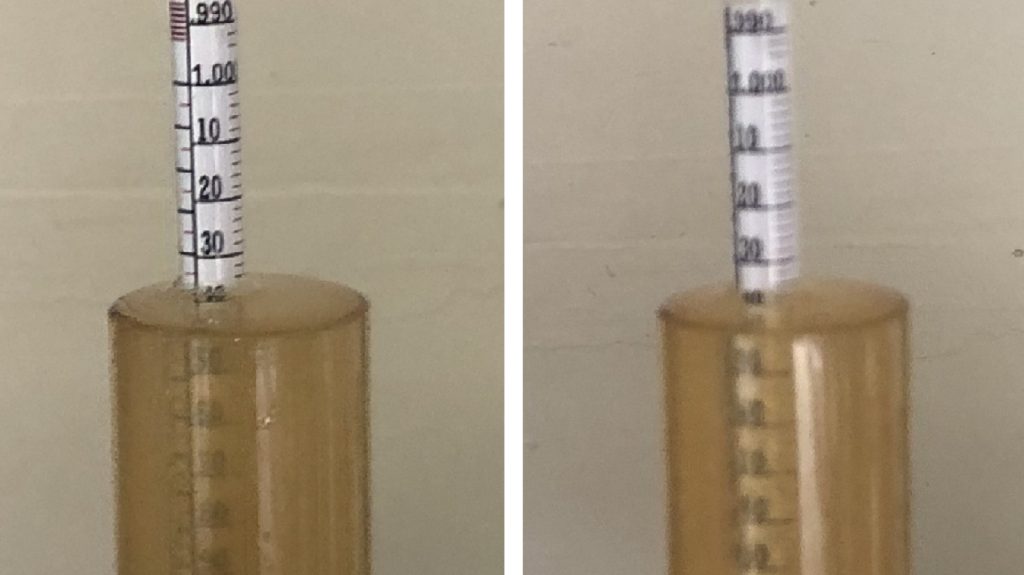
The filled fermenters were placed in my chamber and left to finish chilling to my desired fermentation temperature of 52°F/11°C for a few hours before I pitched a pouch of Imperial Yeast L17 Harvest into each.
With signs of fermentation activity absent after 2 weeks, I took hydrometer measurements showing the beers had reached the same FG.
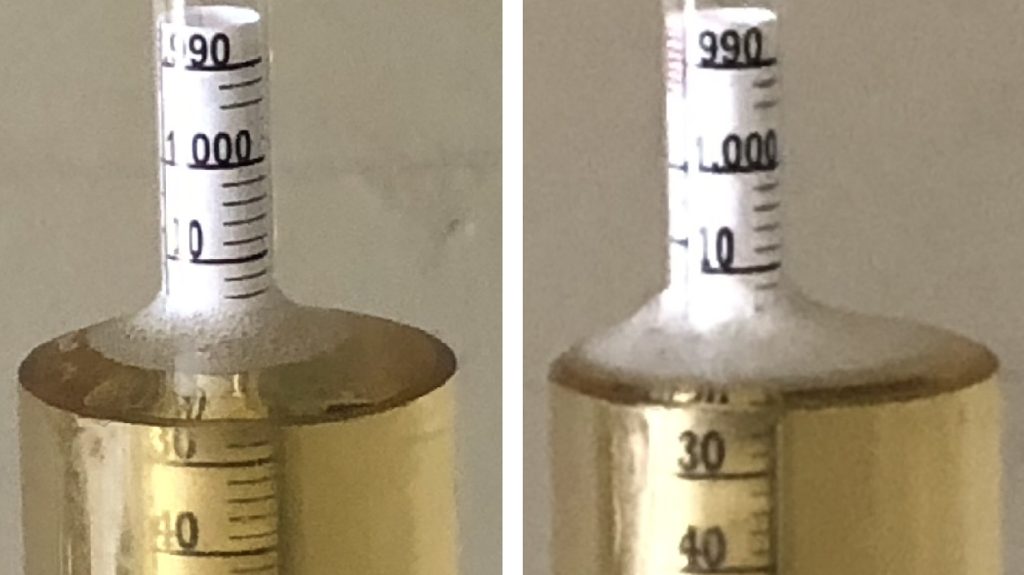
At this point, I transferred the beers to separate kegs and placed in my keezer where they were left to lager for 4 weeks before they were ready to serve.
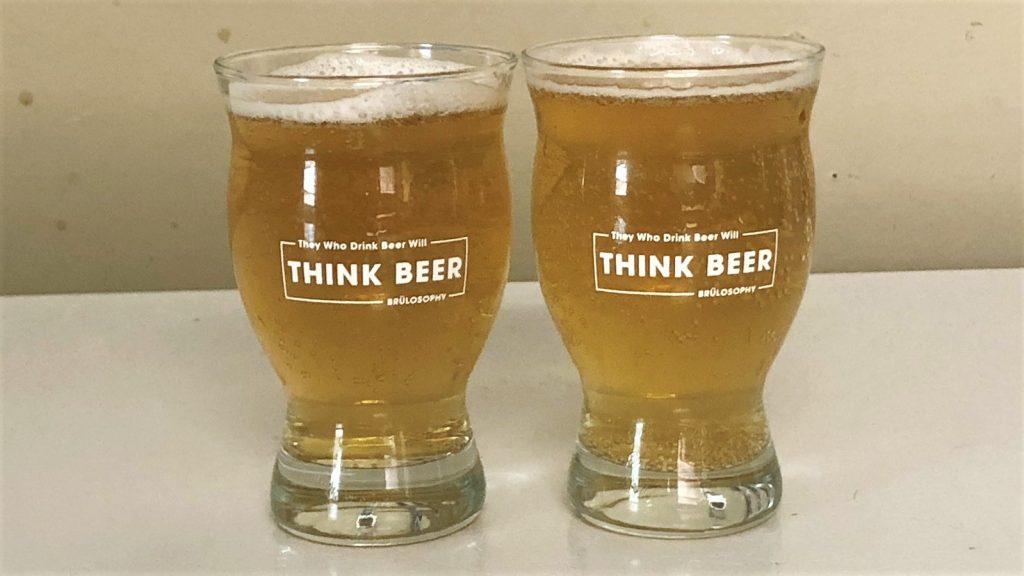
| RESULTS |
A huge thank you to Werk Force Brewing Company for allowing me to conduct triangle tests in their brewery. A total of 20 people of varying levels of experience participated in this xBmt. Each participant was served 1 sample of the beer made with hydrated Irish moss and 2 samples of the beer made with dry Irish moss in different colored opaque cups then asked to identify the unique sample. While 11 tasters (p<0.05) would have had to accurately identify the unique sample in order to reach statistical significance, just 5 did (p=0.85), indicating participants in this xBmt were unable to reliably distinguish an American Light Lager fined in the kettle with hydrated Irish moss from one that was fined with dry Irish moss.
My Impressions: Out of the 5 semi-blind triangle tests I attempted, I correctly identified the odd-beer-out just once, though that was admittedly a lucky guess. To my senses, these beers were identical in every way including clarity.
| DISCUSSION |
In its natural state, Irish moss is a fuzzy green plant that covers stones and old walls on the Atlantic coasts of Europe and North America. However, brewers are familiar with dried version of this carrageenan-rich algae, as it has been used for centuries as a tool for improving beer clarity. While it’s recommended Irish moss be hydrated prior to adding it to boiling wort, many opt to toss it in dry. Interestingly, tasters in this xBmt were unable to reliably distinguish an American Light Lager fined with hydrated Irish moss from one that was fined with dry Irish moss.
In addition to tasters’ inability to tell these beers apart on aroma, flavor, and mouthfeel, objective observations over time demonstrated no differences in clarity, suggesting the hydrated Irish moss was equally as effective as the dry Irish moss. It’s possible that hydration of Irish moss occurs rapidly enough to render pre-hydration with water moot, though perhaps doing so ensures the fining agent will do as it is expected.
Having added dry Irish moss to hundreds of batches, I was not at all surprised by the fact neither tasters nor I could tell these beers apart in the triangle test, and that their clarity was essentially identical. That said, for as easy as the hydration step is, I may start doing it as a form of insurance, though it’s certainly not something I’m going to stress about.
If you have any thoughts about this xBmt, please do not hesitate to share in the comments section below!
Support Brülosophy In Style!
All designs are available in various colors and sizes on Amazon!
Follow Brülosophy on:
FACEBOOK | TWITTER | INSTAGRAM
If you enjoy this stuff and feel compelled to support Brulosophy.com, please check out the Support page for details on how you can very easily do so. Thanks!


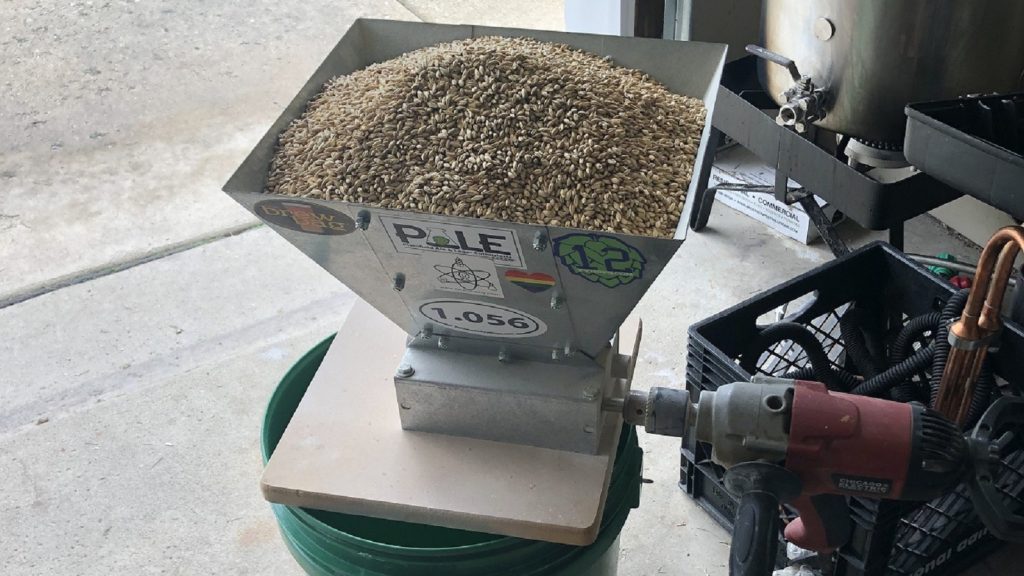
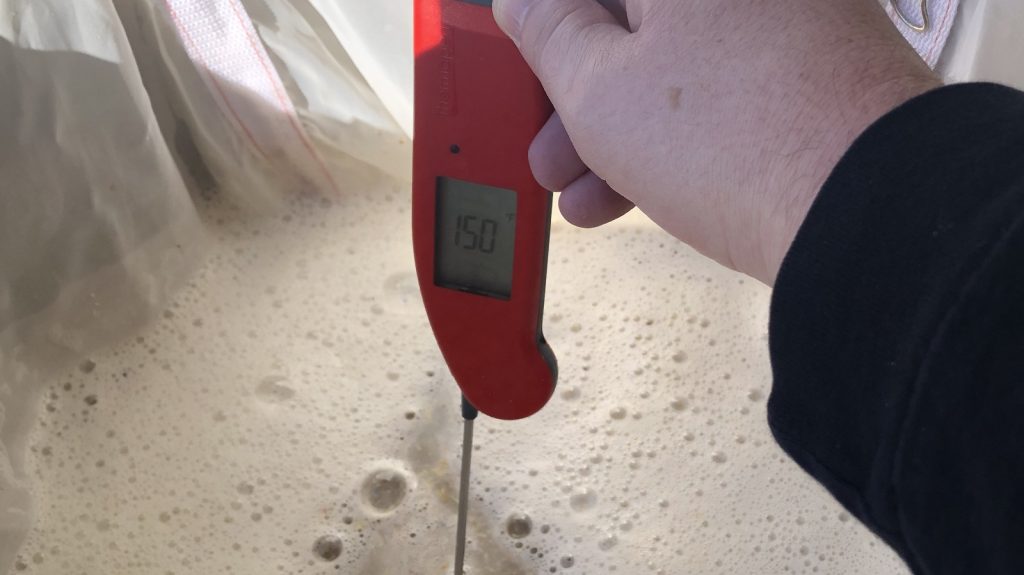
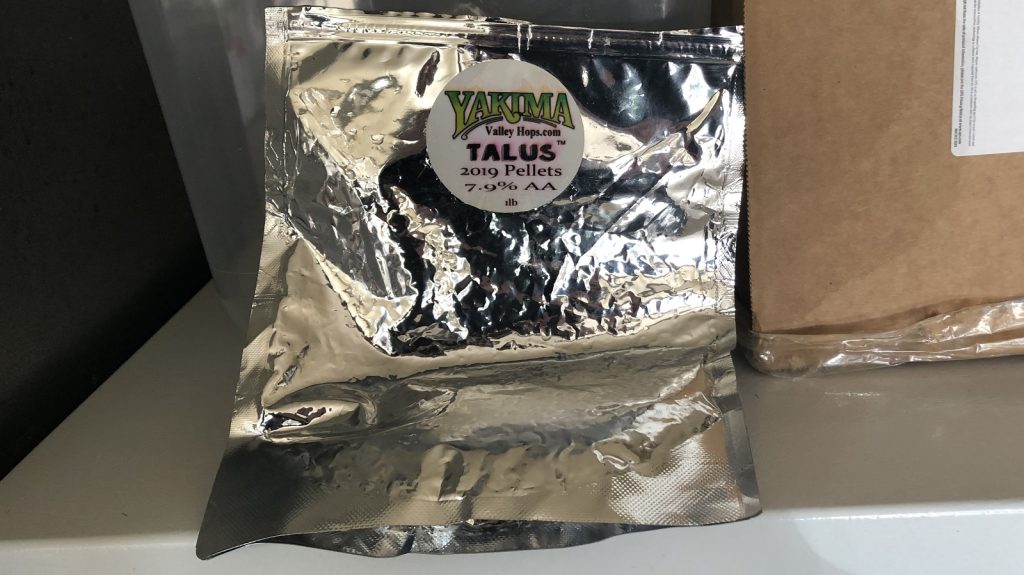
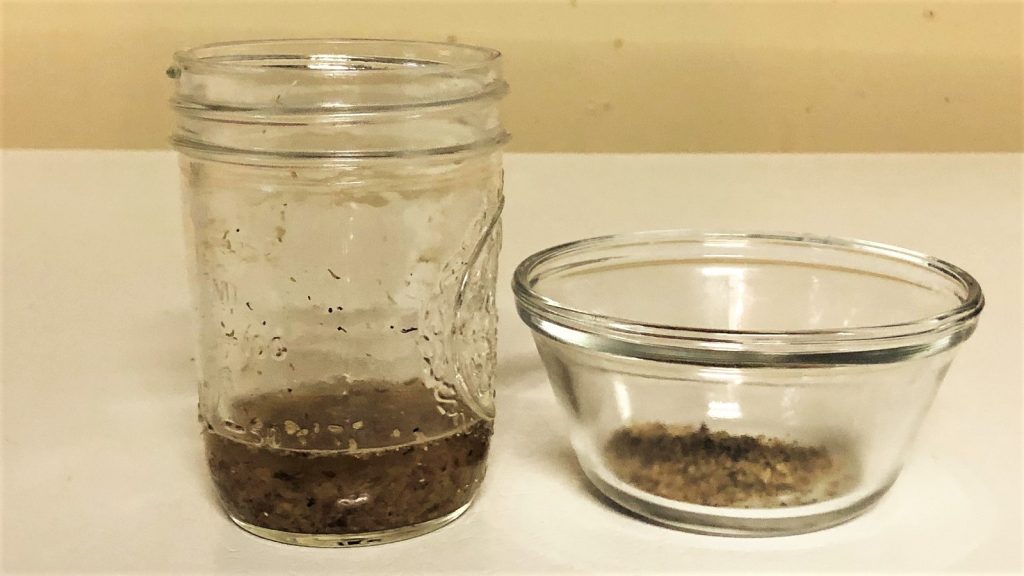
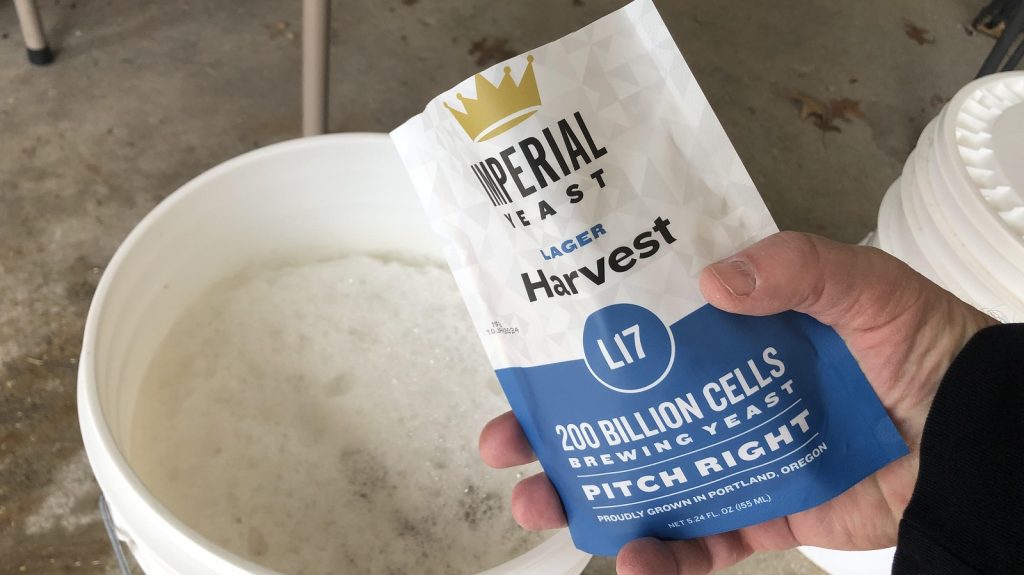











6 thoughts on “exBEERiment | Impact Irish Moss Hydration Has On An American Light Lager”
What do you think of using Carragenin directly (a natural thickener) instead of moss? I use it and it seems to work but I have never used Irish musk so none side by side.
I’ve always used Whirlfloc. Depending on where you look for instructions for the use of it, or Irish moss, the time varies from 5 to 15 before the end of boil. Wouldn’t adding it earlier than 5 min give it a little more time to rehydrate and kill 2 birds with one stone?
How do you know whether the clarification step actually worked? Perhaps the effect of either treatment on this type of beer is very small, in which case, any difference might be negligible. The only way to know is if you were to have another treatment (control), which lacks irish moss. This treatment will tell you to what extent IM was needed in the first place (or whether your recipe gives rise to a significant level of (positively charged) protein)).
Great piece (beer looks yum!)
Since the variable tested was clarity wouldn’t clear glass more appropriate for serving? Rather than opaque plastic?
Was clarity compared by looking at the bottom of the cups?
Additionally cup color could certainly influence the perception of clarity.
Last I checked, boiling wort is mostly water, so adding dry moss to boiling wort would instantly hydrate it. And since Irish moss only affects clarity, perhaps a clarity-triangle-test should have been done, rather than a flavor-triangle-test. Or, do a clarity-triangle-test AFTER a flavor test, to assess how visual perception affects taste perception. That would have been a more interesting experiment.